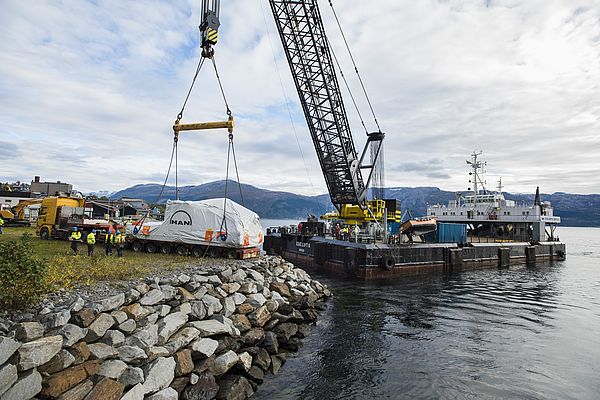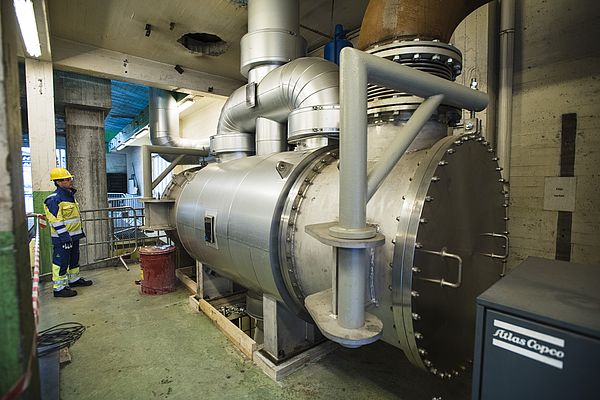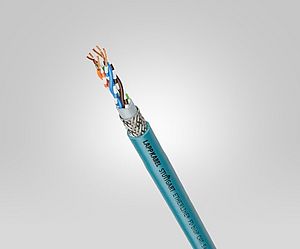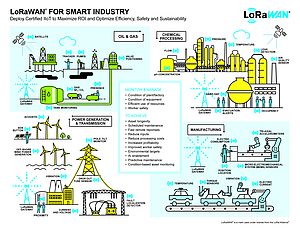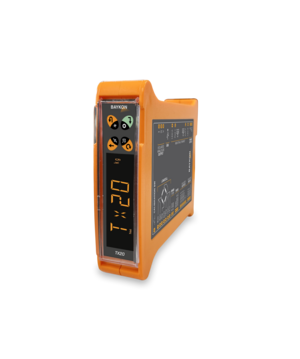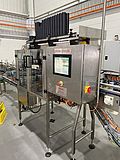Elkem is currently upgrading and expanding the world's oldest energy recovery plant in the ferrosilicon industry, operating since 1977. The energy recovery project in Hardanger on the Norwegian west coast is one of several large plant projects Elkem is doing now. With the support of the Norwegian enterprise for energy efficiency Enova1 the plan is to increase the capacity of energy recovery with more than 40 per cent annually.
Energy efficiency is competitiveness
The production of silicon alloys is very energy-intensive, with electricity amounting for up to 35 per cent of the cost. For the energy intensive industry, energy efficiency is about competitiveness, now and in the future. Elkem's smelting furnaces consume around five TWh of electrical energy per year. Reducing our energy consumption is our key focus. Elkem has already implemented measures resulting in the recovery of 645 GWh per year - equal to the power consumption of 125 000 European households2.
There are three ways for our industry to become more energy efficient. We can secure that we have top focused energy management, with continuous improvements. Most of the low hanging fruits are related to yield improvements and reducing the specific consumption. Implementing measures that saves 1 per cent energy equals 30 GWh - a great save.
In addition, we can invest in energy recovery investments, and the potential in our industry is large. Elkem has mapped that we in can recover heat to produce electricity for more than 700 GWh/year in Norway alone. These investments are costly, and have a long pay-back. Long term schemes for energy efficiency, like the project we are doing with Enova at Bjølvefossen, is the only way to trigger these potentials.
Research and development (R&D) is the last potential for industry energy efficiency. In Elkem we have 370 researchers dedicated to develop more efficient process technologies and products. We already have some of the most energy efficient smelting furnaces in the world, but are always looking into ways to become even more efficient, through for example the Horizon 2020 programme. If we succeed with our aim of 5 percent efficiency gain, this knowledge can be dispersed to industry around the world and create global gain.
However, we must not forget that the most important factor for realize the full potential of energy efficiency is to have a good and stable underlying policy framework. Only foreseeable policy will enable us to investment and work together with governments to reach the EU energy targets.
The 70 tonnes milestone
As part of our energy efficiency strategy, the Bjølvefossen project is now finishing up (three years all together). It includes both upgrading the furnace, expanding boiler capacity, a new turbine and generator for energy production. The upgrade will result in an increased energy recovery of about 23 GWh, which will make the plant recover about 75 GWh a year. This is equivalent to about 14 5002 European household's annual energy consumption. In addition, the project will have a great climate effect, as the energy that is recovered will be sent into the electricity grid.
9 October was an important milestone in the project. An 87-meter long ship arrived at Elkem Bjølvefossen plant with a 70 tonnes turbine with a key function. The turbine is provided by MAN diesel and turbo in Hamburg. It will be placed in the recovery plant ready to use January or February 2016. The turbine alone will recovery 25 per cent energy, compared to the old turbine recovering 15 per cent.
When the project is finished in early 2016, a top modern energy recovery plant will be in operation for more than the next 30 years. It will benefit the plant, the local community and our common climate.



